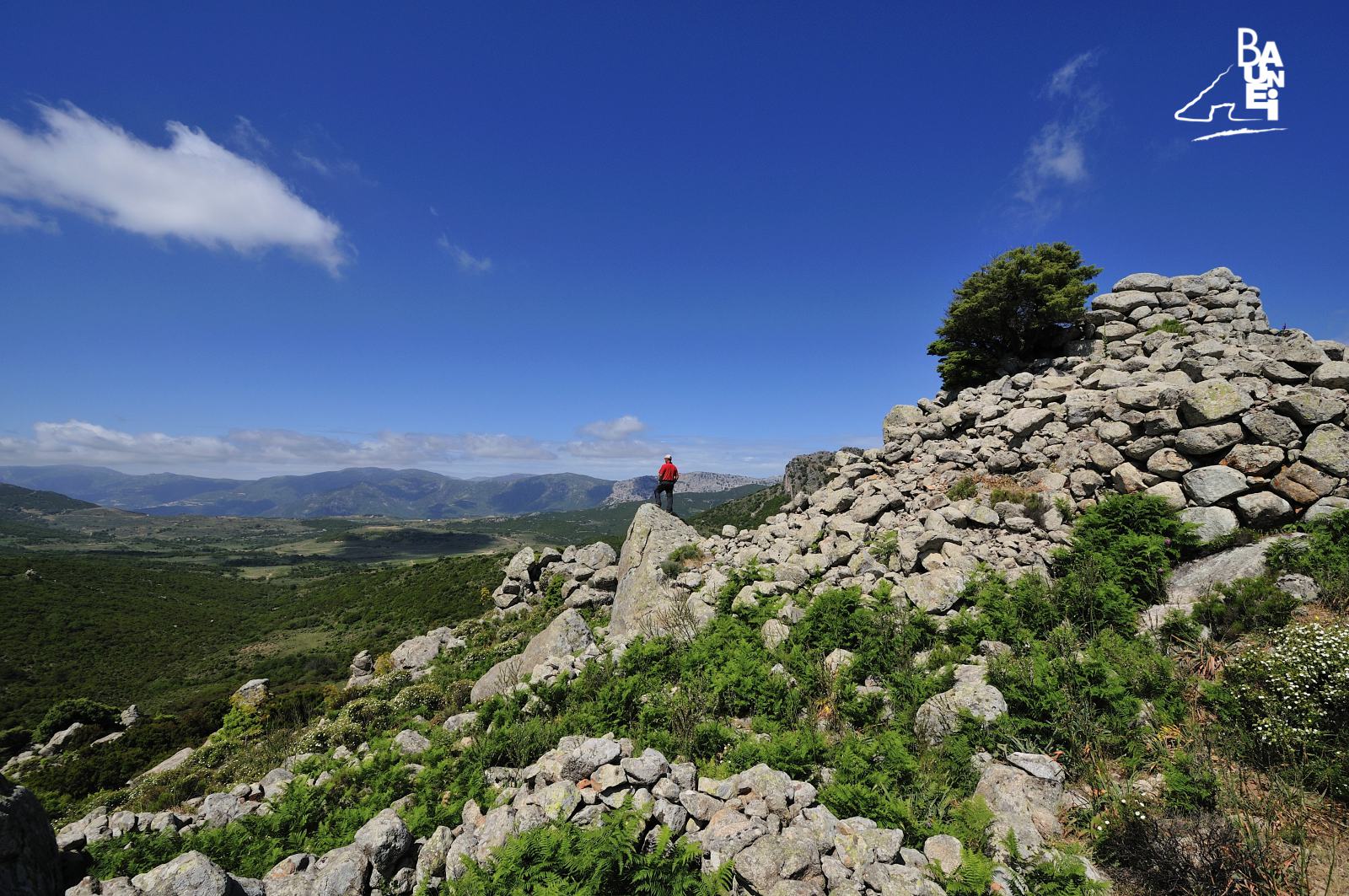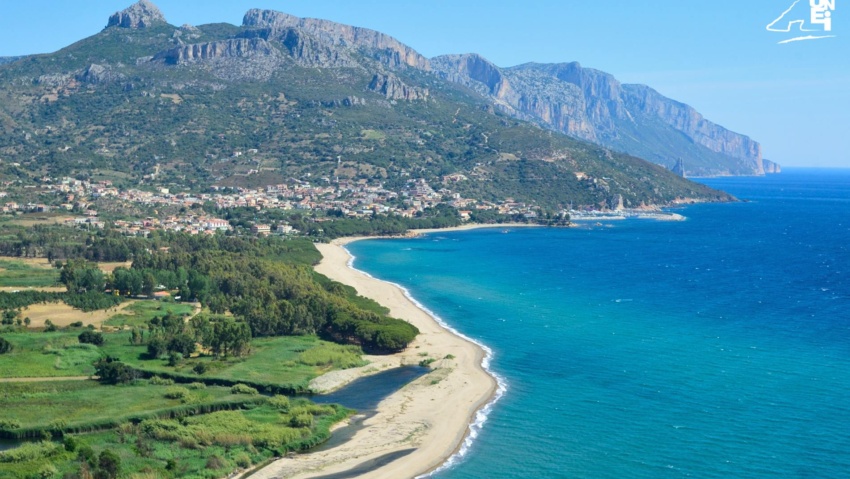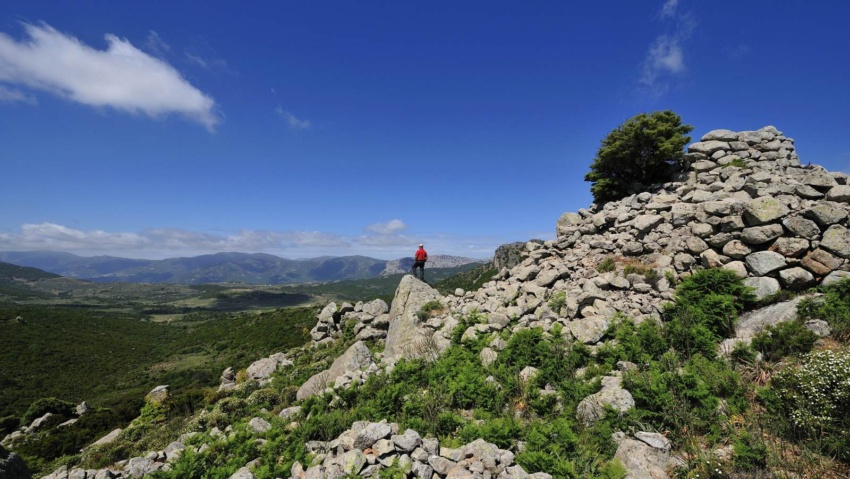The Nuraghe “Loppelìe”
The Sardinian architectural element par excellence, the nuraghes characterise the landscape of the entire island. Sometimes monumental and “complex” (i.e. consisting of several towers) and surrounded by villages consisting of circular huts (whose basic structure has been basically maintained by “coiles” of the Supramonte), sometimes smaller and with single towers (often built on rocky cliffs, high up, with panoramic views).
There is no conclusive proof regarding the age or use of these ancient towers, which represent the fascinating legacy of the still mysterious Nuragic civilisation. According to the periodisation put forward by the most authoritative expert on Nuragic archeology, Giovanni Lilliu, a member of the Academy of the Lincei, who died in February 2012, the nuraghi were built between 1800 and 500 BC. According to the great Sardinian archaeologist, “their position, environment, proximity to water, suitability of the soil, robust construction and elevation are elements that suggest a civil and daily use of the buildings. They were lived in (…) and, when necessary, used to watch over the resources of the land (corn, livestock and more)”.
Recently, there have been new hypotheses on the actual use of the nuraghi, which some believe were actual places of worship, based on the fact that in some cases the buildings are surprisingly positioned astronomically.
In the territory of Baunei there is no shortage of examples of the main types of nuraghe. The one in Loppelìe, which sits on a rocky peak below the Orientale Sarda, a few kilometres north of the town of Baunei, is one of the classic “single-tower” nuraghi (“watch towers”, according to Lilliu’s hypothesis), in an ideal position to stand watch over one of the access roads from the plains to the Golgo plateau, accessible from the nearby “Genna Arramene”, via “Baccu Dolcolce”. Even today, despite the collapses that have undermined its integrity over the centuries, the nuraghe of Loppelìe is in good condition. The well preserved entrance is triangular in shape, formed by jutting out boulders surmounted by a lintel. On the left side of the entrance hall is an intramural staircase, the first part of which can still be used. Among other things, the nuraghe of Loppelìe is worthwhile visiting for the wonderful view from the top of the structure, which ranges from the underlying village of Triei to the mountains overlooking Baunei and the Bay of Arbatax to the peaks of Gennargentu.
CONTATTI
Via San Nicolò, 2 – 08040 BAUNEI (Sardinia, Italy)
infopoint@turismobaunei.eu
+39 349 5462583





